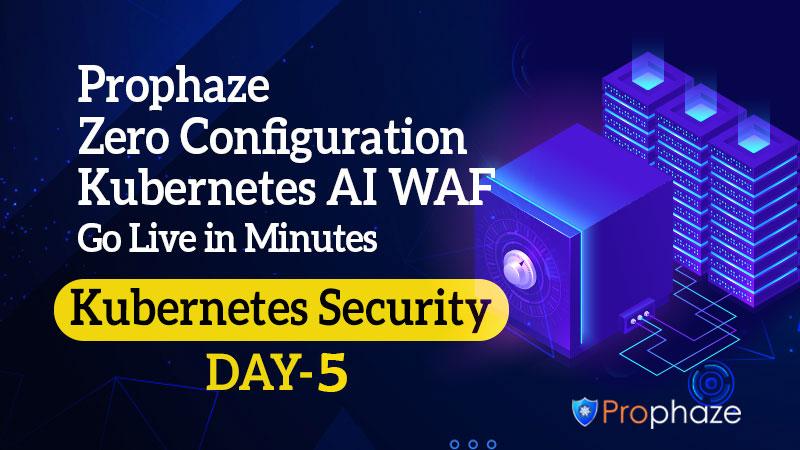Securing containers and Kubernetes starts within the building part with securing your container images. Your time spent right here pays dividends later due to the fact any neglected protection excellent practices at this factor may be considerably greater luxurious to restore down the line – as a result the phrase “shift left” which means enforcing protection at in advance ranges as images are built.
The two important things to work with this phase are to create secure images and to scan those images for any familiar vulnerabilities.

Some Security Practices in Build Phase
-
Use least base images Avoid exploitation images with OS package managers or shells as a result of they might contain unknown vulnerabilities. If you need to include OS packages, take away the package manager at a later step. think about employing the lowest images like distroless images, as AN example.
-
Don’t add unessential elements Make sure to get rid of debugging tools from containers in production. Common tools – like Curl – that are helpful to attackers shouldn’t be enclosed in images.
-
Use up-to-date images solely Ensure your images (and any third-party tools you include) are up to date and utilizing the newest versions of their parts.
-
Your digital scanner sho¬uld be able to determine vulnerabilities among your images, as well as by layer, and tell you whether or not they are fixable or not. It should be able to scan for vulnerabilities in OS packages and third-party runtime libraries for the languages getting used in your containerized applications.
-
Make image scanning and different security checks a part of your CI/CD pipeline to modify security and fail CI builds and generate alerts once your scanner detects high-severity serviceable vulnerabilities.
-
Sometimes there isn’t a fix for a notable vulnerability, or the vulnerability is non-critical and therefore doesn’t warrant an instantaneous fix. during this instance, add them to a permit list or filter the scanner output so you don’t interrupt the development team’s progress over non-actionable alerts.
-
When a security issue is discovered in a container image or a running deployment that uses that image, confirm you’ve got policy checks and correction progress in place to observe and update those images.


